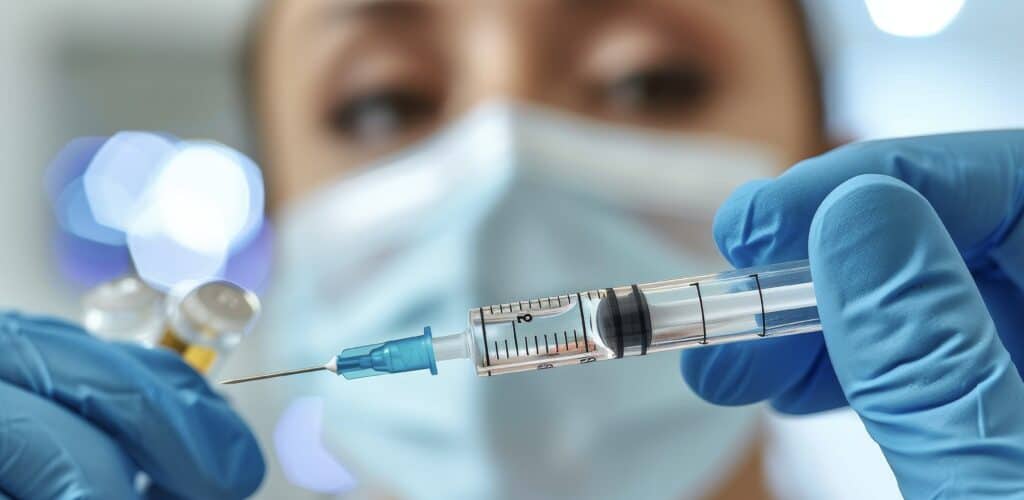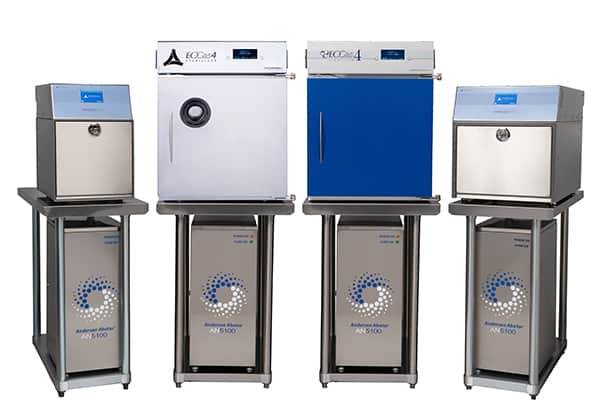
More than half of all medical devices in the U.S. are sterilized using ethylene oxide (EO) gas. Instruments made with plastic, like syringes, surgical gloves, and IV tubes, cannot withstand the high temperatures used by other sterilization methods to achieve terminal sterility. Ethylene oxide, however, achieves terminal sterility at low temperatures and with zero damage. Ethylene oxide is gentle and compatible.
Properties and Benefits of Using Ethylene Oxide for Syringe Sterilization
Ethylene oxide is highly regarded for its unique sterilization capabilities. The U.S. Food & Drug Administration (FDA) notes that for many medical instruments, such as syringes and lumens, using ethylene oxide may be the sole method that ensures terminal sterilization without damaging the items. This method is especially crucial when considering how to sterilize syringes effectively. Ethylene oxide’s ability to penetrate various materials, including plastics and the intricate parts of long lumens, is key. This deep penetration is essential for thoroughly sterilizing medical devices like syringes, endoscopes, and catheters, which often feature hard-to-reach crevices and complex surface areas.
EO Protects Patients
For many years, cleaning and high-level disinfection have been the standard around the world for reprocessing flexible endoscopes, including duodenoscopes and other types of gastrointestinal endoscopes. However, multiple reports have surfaced in recent years linking the use of duodenoscopes with infections and outbreaks of carbapenem-resistant Enterobacteriaceae (CRE) and related multidrug-resistant organisms (MDROs).
15 Patients Infected with Mycobacteria After Undergoing Cosmetic Surgery at a South Florida Clinic
Medical Sterilization Solutions by Andersen

Andersen Sterilizers provides advanced sterilization solutions tailored for various medical settings. Our FDA-cleared EO sterilizers offer terminal sterility (10-6 SAL) at a very competitive price point.
Sterilizing in an Andersen gas sterilizer ensures that your most delicate instruments—including electronics, drills, fiber optics, handpieces, and cameras—are protected from damage. This method is also ideal for items made of plastic, fabric, cellulose, or rubber that cannot be sterilized using other techniques. Most items, except for food, drugs, or liquids, can be effectively sterilized in this way.
The process involves low temperature, no steam, no deep vacuum, no oxidation, no dulling, and absolutely no damage, ensuring your equipment remains in like-new condition for years. This is particularly crucial when considering how to sterilize syringes, where maintaining the integrity and sterility of the equipment is essential. All these benefits—represented by a series of ‘no’s—add up to a significant advantage for the longevity and reliability of your medical instruments.
EO can even sterilize through mated or threaded metal surfaces. It will permeate through sealed plastic, Tyvek® and other wrapping – leaving the objects inside sterilized and protected from contamination. After sterilization, your packs have a shelf life of up to 6 months.
